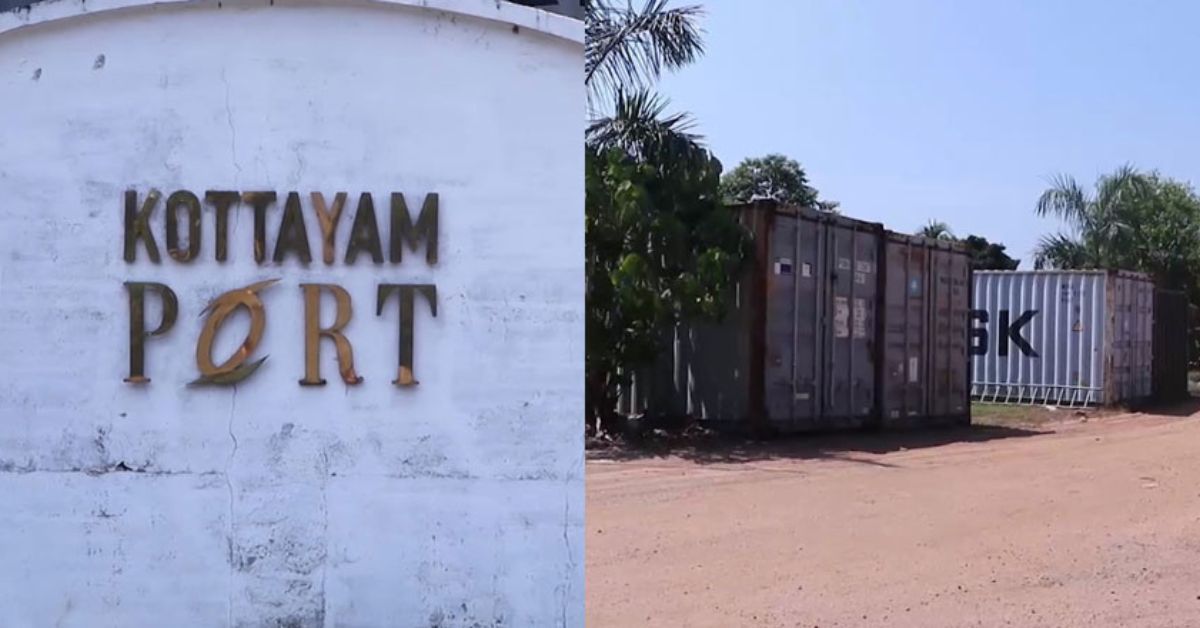The Kottayam port, India’s first Inland Container Depot (ICD), has received a significant boost in its expansion drive with a U.K.-based company expressing interest in investing in the project.
The foreign investor has proposed funding the development of core capital infrastructure at the port. They have come up with a detailed proposal that includes setting up a dedicated yard for empty and loaded containers, cranes, berths, and barges in the first phase. This phase alone is expected to cost around Rs 20 crore, with total investments estimated at Rs 50 crore. In addition to infrastructure development, the company has also shown interest in acquiring 16,000 shares of the ICD.
As part of the port’s expansion plan, a reach stacker unit valued at Rs 4 crore will be brought to Kottayam from Beypore by the end of May. The ICD authorities have already begun discussions with the Beypore port in this regard.
Meanwhile, port officials have approached the State government with a proposal to develop an inland water route connecting the Kottayam port to Vizhinjam. The plan, which includes a cargo route via Thrikkunnappuzha and the Thottappilly spillway, has reportedly received a positive response from the Chief Minister.
A recent market survey conducted by the port projects a sharp increase in cargo traffic, with export volumes expected to grow to 2,000 containers per month. Exporters from eastern Ernakulam and across Kottayam, Idukki, and Pathanamthitta districts have shown keen interest in using the Kottayam ICD for completing Customs clearance of international cargo before its onward movement to Vizhinjam.
Routing cargo through Kottayam to Vizhinjam allows exporters to avoid congestion at the main port and facilitates faster container stacking. This has the potential to raise monthly export and import volumes from the current 300 containers to nearly 2,000. In addition to international cargo, the port also handles approximately 250 containers of domestic cargo each month.
Operational since 2007, the Kottayam ICD functions as a dry port, with road and rail serving as its primary modes of cargo transit. Although its proposal to utilise the inland waterway has recently received regulatory approval, the majority of cargo continues to be transported to Kochi by road.









